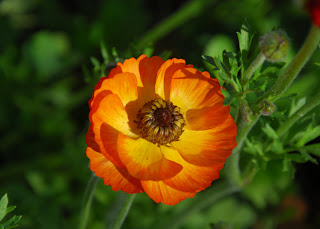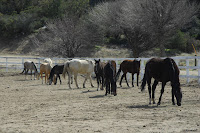I recently went analog, shooting 60 frames of Real RAW. Yep, you guessed it: Film. The motivation was to go full frame 35mm. To read a comparison of film and digital photography, see http://www.kenrockwell.com/tech/filmdig.htm. Since receiving my first digital camera as a gift from my wife Lisa at the dawn of the digital age a decade ago (at least when the cameras became somewhat less than impossibly expensive), I’ve shot film a few times. But getting it processed has become progressively more risky with local one-hour labs. So I made a rather frivolous and admittedly subjective test with a couple types of print film; Kodak 200 and Fuji Superia Reala 100. I expected bad results and I wasn’t disappointed. But I didn’t expect that the Superia Reala would be the loser in the comparison, though it had nothing to do with the quality of the film. The photos shown here are all of the Superia Reala, and a good demonstration of why one should avoid one-hour processing “labs”. Click on the photos to view the larger image. You will see the processing defects. | |
The Kodak 200 is a standard consumer film. It’s for taking a picture of Aunt Amy and vacation snapshots. I took it to a one-hour Kodak processor. It turned out the way I expected. The negatives look sharp. But the prints are fuzzy and the color is slightly washed out. There were no scratches or dust on the negatives, however. The Kodak Machine was apparently clean. | |
The Superia Reala is an elegant, more expensive film. I bought it at a well-known chain photo outlet out of the refrigerator and took it back for processing to the same place, which uses Fuji chemicals and machinery. The color rendering of the Reala is more to my liking than the Kodak, which is just personal taste. The color prints were a hint over saturated for my eye, though not quite as fuzzy versus the negatives. The first photo above was the best example of the roll, since it had numerous pieces of dust incorporated into the image during the processing, in addition to the apparently standard scratch that spanned all the frames of the roll. I also looked at the film with my loupe and the images are sharp. The processing machine needs to cleaned, but keep in mind that these one-hour outlets are set up for volume and any machine maintenance panics the clerks. | |
In the 90s it was almost safe to have a local processor produce prints, but those years are only visible distantly now and in the rear-view mirror. The unserviced Fuji has put me off the local processors. I’m going to try using a pro lab, and do it by mail, since the best reviews I can find point to a place seventy some miles away. Oddly, the pro lab is very competitive in it’s pricing, and the basic digital scanning produces an image close to the resolution of my Nikon D200. | |
successful project. Back home in Austin.
10 hours ago


































